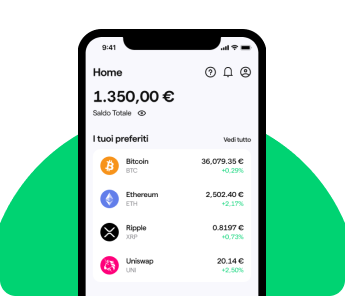Cobalt-chrome alloys are biocompatible and wear-resistant, making them ideal for prosthetics — both orthopaedic (knee and hip) and dental (crowns and implants).
Now, let’s move to a more relaxing subject: cobalt in art.
Cobalt Blue: A Colour That Made History
Cobalt blue was first created in the early 1800s in France, driven by both artistic and economic motives.
Until then, blue was far from a “democratic” colour. The most prized — and widely recognised — shade was ultramarine, considered the ultimate blue. However, it was extremely expensive because it was made from lapis lazuli, a precious stone imported from Afghan mines — hence “ultra-marine” — and literally worth its weight in gold.
The price was so prohibitive that painters of the time would only use it for their most important works. Whenever possible, they replaced it with a cheaper pigment, azurite. But the result was far from identical — a bit like drinking a Campari Spritz made with a knock-off Campari at a third of the price. The need was clear: a blue with the same qualities as ultramarine, but at a much lower cost.
Why and How Cobalt Blue Was Born
Enter Jean-Antoine Chaptal, the French Minister of the Interior, who tasked renowned chemist Louis-Jacques Thénard with finding a cheaper alternative to ultramarine. In 1802, Thénard discovered that by sintering cobalt monoxide with aluminium oxide at 1,200°C, he could create a mixture that met the Minister’s requirements.
From that point on, artists could experiment with a colour that had previously been too expensive to waste. The importance of having cobalt blue in large quantities was such that the famous painter Pierre-Auguste Renoir is said to have remarked: “One morning, since one of us had no black, he used blue instead: Impressionism was born.” Such a thing would have been unthinkable with ultramarine.
Monet and Renoir began to use cobalt blue consistently for shadows, abandoning black. Beyond Impressionism, other great painters embraced it in their masterpieces: Van Gogh in The Starry Night, Kandinsky in The Blue Rider, Miró in Figures at Night Guided by the Phosphorescent Tracks of Snails, to name a few. A true revolution.
An Interesting Thought: What Links Cobalt to Bitcoin?
Beyond art, the story of cobalt prompts a reflection that touches on a theme close to us at Young Platform: the centralisation of supply chains and the risks that such oligopolies bring. In short, it’s a parallel between the shift from ultramarine to cobalt blue and the transition from the gold standard to the fiat currency system.
From Ultramarine to Cobalt Blue
As we’ve seen, the introduction of cobalt blue in 1802 had a positive impact on the art world, making experimentation possible with what had been an elitist colour. However, this shade — still widely used today — is heavily dependent on cobalt extraction and refining, which are concentrated in the hands of very few players.
Leaving aside the critical ethical issues — such as child labour and human rights violations, sadly ignored by countries like the Democratic Republic of Congo and China — the logistical reality is this: 81% of global cobalt extraction and 89% of refining are controlled by just three companies.
This is dangerous because it makes the system vulnerable to both internal shocks (political instability, domestic economic issues) and external shocks (natural disasters, wars). If any of these actors halt production, the global supply chain suffers. The result is a heavy dependence on a handful of players who can effectively dictate terms.
From the Gold Standard to the Fiat Standard
Similarly, on 15 August 1971, US President Richard Nixon announced the end of the Gold Standard — the “Nixon Shock” — ending the convertibility of the US dollar into gold and moving to a fiat currency system.
In this system, still in place today, the value of a currency like the US dollar is backed only by the economic and political trust in the issuing government — in this case, the US government.
This shift, much like the cobalt example, created a more “democratic” and flexible environment. Previously, governments struggled to finance large public projects due to the gold constraint; now, they had full control over the money supply. But again, the power is centralised in the hands of a few actors — namely, central banks such as the Federal Reserve or the European Central Bank.
While such centralisation can help manage inflation and crises, it’s not without risks, especially because it relies heavily on human judgement, which is inherently fallible, as the 2008 subprime mortgage crisis demonstrated. The fate of the global economy can depend on the decisions of a handful of high-ranking officials. When those decisions are good, great. But when they’re bad…?
The Moral of the Story: Bitcoin and Decentralisation
Concentrating too much power in too few hands is never a good thing. Politics, economics, finance, housing committees, university group projects, and even five-a-side football teams work poorly when a single entity makes all the decisions.
Bitcoin was created precisely to address this: to return power to individuals and remove — or at least limit — the influence of central authorities. Its decentralised nature allows for a more democratic system, where people interact directly, without intermediaries who could control or restrict their choices.
Of course, this is just one of Bitcoin’s many qualities and real-world use cases. If this introduction has sparked your curiosity, we recommend reading our article on the history and workings of BTC to get a complete picture of the revolutionary potential of the king of cryptocurrencies.
















